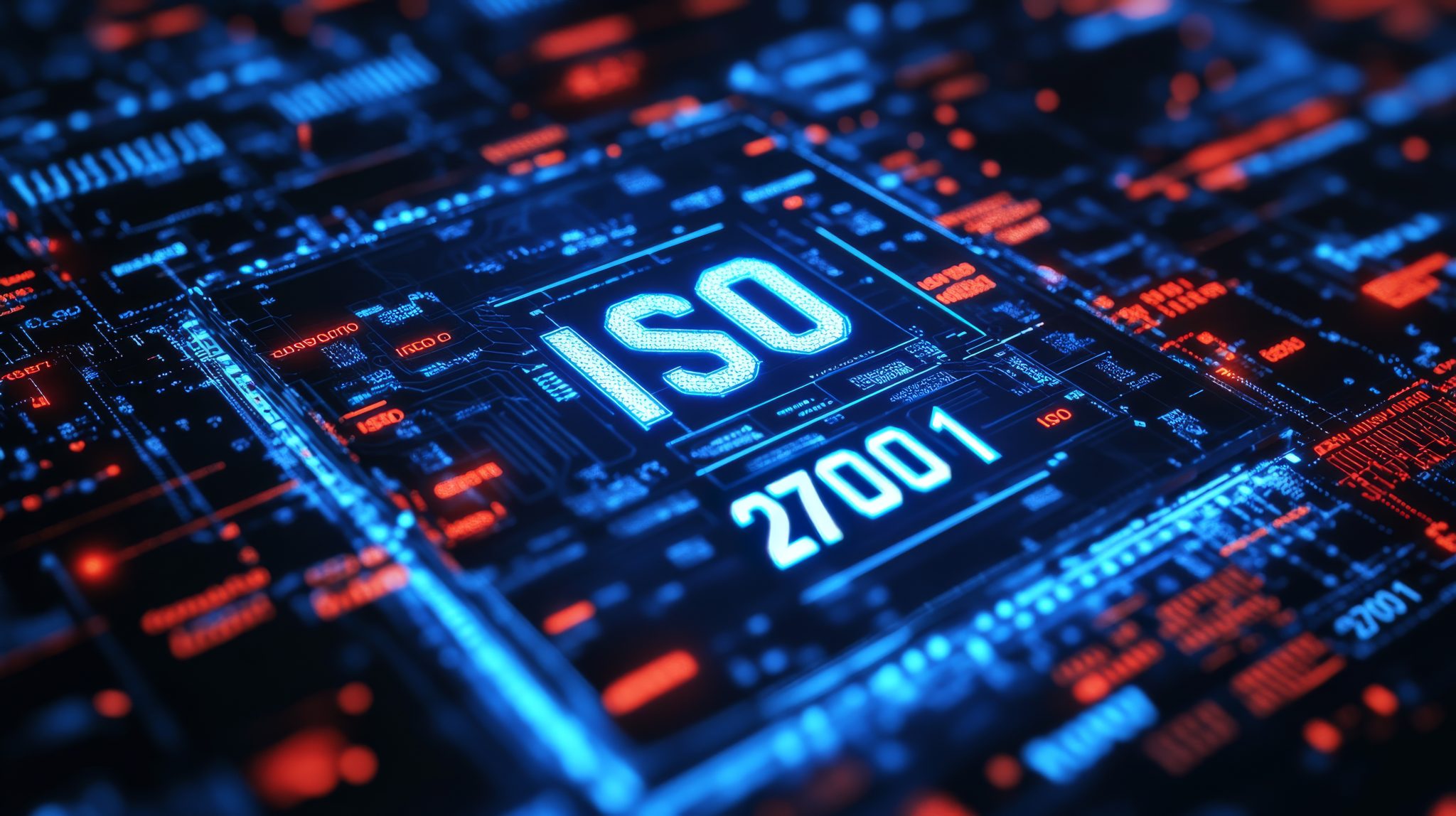ISO 27001 is an international standard that provides a framework for Information Security Management Systems (ISMS) to provide continued confidentiality, integrity, and availability of information as well as legal compliance. The standard defines requirements an ISMS must meet, and a well-implemented ISMS provides risk management, cyber-resilience, and operational excellence.
Achieving ISO 27001 certification involves an independent audit, carried out by an accredited certification body, which evaluates whether an organisation’s ISMS aligns with the requirements of the standard. Once certified, organisations can use their certification to demonstrate to customers and stakeholders that they have adopted a robust information security framework that adheres to international best practices.
Steps to Certification
1. Secure Management Commitment
Firstly, ensure you have full support from top management. This is crucial for allocating the necessary resources and ensuring organisation-wide commitment to the certification process.
2. Define the Scope
Clearly outline the boundaries of your ISMS, considering your organisation’s size, structure, and specific information security needs. Each business is different, your scope may encompass the entire organisation or just part.
3. Conduct a Gap Analysis
Perform a thorough assessment of your current information security practices against the ISO 27001 requirements. This will help identify areas that need improvement.
4. Conduct a Risk Assessment
ISO 27001 compliance requires that a formal risk assessment is carried out and documented. Risk assessment requirements include:
- Impacts of loss of Confidentiality, Integrity or Availability (CIA)
- Likelihood of risk occurrence
- Level of risk based on impact and likelihood
- Is the risk tolerable?
- Develop controls or transfer?
- Treatment of unaccepted risks
5. Develop and Implement the ISMS
Create an ISMS that aligns with the ISO 27001 standard. This involves:
- Establishing a Statement of Applicability (SoA)
- Establishing information security policies and procedures
- Implementing appropriate security controls
6. Train Your Staff
Ensure all employees understand their roles in maintaining information security. Provide comprehensive training on the new ISMS and its importance.
7. Conduct Internal Audits
Regularly assess your ISMS to ensure it meets the standard’s requirements and operates effectively. This needs to be done by qualified, independent auditors.
8. Perform Management Reviews
Schedule periodic reviews with top management, at least annually, to evaluate the ISMS’s performance and make necessary improvements.
9. Choose a Certification Body
When you are ready for certification, you will need to engage an accredited independent certification body. These organisations are evaluated by the appropriate national authority to ensure they meet strict standards of expertise, neutrality, and operational effectiveness.
10. Certification Audit
The ISO 27001 certification process consists of two stages which are conducted by a qualified auditor.
Stage 1: the auditor will verify documentation requirements (section 4.3), management system processes such as risk assessment and internal audit, and key annex A policies and procedures.
Stage 2: If you pass the first stage, the auditor will conduct a more thorough on-site assessment, consisting of a review of the actual processes and procedures happening inside your business that ensures they are in-line with ISO 27001 requirements and the organisations written policies. Upon successful completion of the audit, following the certification body’s internal procedures, you will receive your ISO 27001 certificate.
11. Maintain Compliance
ISO 27001 certification is valid for three years. During this period, the ISMS must be continuously managed and maintained including carrying out annual internal audits. The certification body’s auditors will carry out annual or 6-monthly surveillance audits to ensure ongoing compliance and a re-certification audit every three years.
Time Frame
An organisation starting from reasonable policies and IT security controls can expect to take around 12 months from the gap analysis to certification, depending on your organisation’s size and complexity, and how much resource is allocated.
Conclusion
ISO 27001 certification demonstrates your commitment to managing the security of your organisation’s information systems, processes and policies as effectively as possible. The process requires significant effort, however, the benefits of enhanced security, improved stakeholder trust, and potential competitive advantages make it a worthwhile undertaking.
Remember, the journey does not end with certification. Continuous improvement and regular audits are essential to maintain your ISO 27001 certification status and ensure your information security practices remain robust and up to date.
How can Dionach help?
Dionach can assist with conducting risk assessments, defining security policies and procedures, implementing necessary controls, and developing documentation required for ISO 27001 compliance. Dionach conduct regular internal ISMS audits for many organisations. We also offer guidance on security awareness training, internal audits, and readiness assessments to ensure clients are well-prepared for ISO 27001 certification.
Dionach’s expertise helps organisations navigate the complexities of ISO 27001 and successfully achieve certification while mitigating cyber risks and protecting their valuable data.
Like what you see? Share with a friend.

